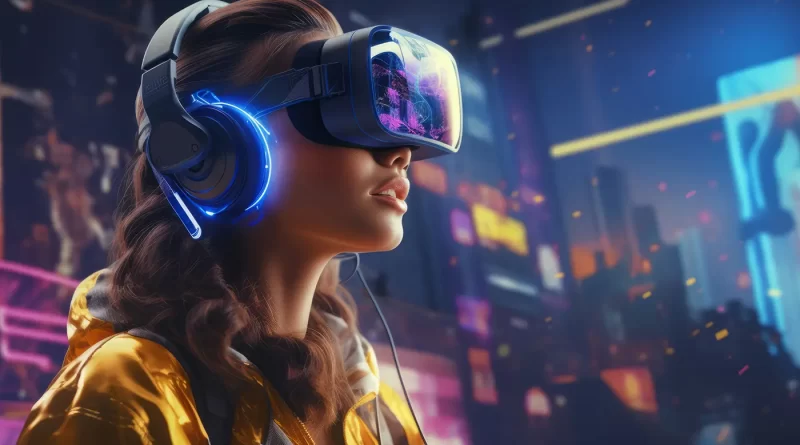How AR and VR Are Changing Education and Training
VR brings abstract topics to life, improving engagement and motivation. Students can learn about history and culture or study the human body’s inner workings in virtual reality.
However, learning through VR can isolate kids and reduce social interaction. Teachers will need to monitor the usage of headsets, ensuring that it doesn’t diminish their role.
Improved Learning Experiences
The use of AR/VR technology in education and training enables students to acquire new knowledge and improve their skills in an interactive and engaging way. This type of learning can help improve the overall educational experience and make it more effective for both students and teachers alike.
For example, using VR can allow students to visit historic sites and museums or explore the inner workings of their body in a more realistic manner than just theoretical teaching. It can also help students learn languages more easily by allowing them to talk to native speakers in virtual settings and experience foreign cultures without having to travel abroad.
Better Retention of Information
Modern pupils will memorize and receive a lot more information thanks to AR and VR gadgets but they will need to develop strategies to help them process it. Also, they will have to learn how to unplug themselves from their devices when they are socializing with others in real life.
Virtual reality technology is making headway in various vocational educational programs. These programs are hands-on and focus on a wide variety of trades. VR can offer low-cost virtual field trips and lab experiences for these students. It can also help them learn how to solve problems and think critically through virtual simulations. It can even prepare them for high-stress professions by repeatedly exposing them to challenging situations.
Interactive Learning Environments
Educators can create learning environments that take students to places like pyramids and natural environments, or enable them to dissect a virtual frog or conduct chemistry experiments in a virtual lab. This helps to make lessons more interactive, boosting student engagement and knowledge retention.
AR can track student progress and automatically adjust the level of difficulty, helping weaker pupils to catch up or excellent kids to fulfil their intellectual potential. This type of adaptive learning also allows educators to better understand how their students learn, enabling them to create more effective study strategies.
VR and AR are also great for developing practical skills in fields such as healthcare, aviation, or emergency response. For example, students can practice medical surgeries or procedures in a virtual environment before they attempt them in real life, reducing the risk of errors and accidents.
Better Communication Skills
AR and VR technologies superimpose virtual objects over the real world, providing a rich learning experience. This makes abstract concepts more concrete and easier to understand for all types of learners.
For example, students can use mobile apps to transform photos into works of art created in the style of Edvard Munch or Vincent Van Goh. This allows them to learn about art and culture without leaving their homes.
Similarly, military trainees can practice maneuvers in an augmented battlefield using AR devices without exposing themselves to actual danger. AR can also help with training for complex industrial machinery, including medical procedures and maintenance.
Enhanced Collaboration
Students can collaborate in a virtual environment to work on projects together and share information. They can also learn a new language without traveling abroad thanks to AR and VR technology.
Students studying medicine can practice surgeries or experiment with lab equipment in a safe environment using VR. Engineering students can build and test prototypes without risking real life machines.
In the future, each child will get to try out several careers through games that simulate various fields of activity. This will help them choose a career that suits their interests and skills. It will also make their study process less stressful. This will contribute to the formation of rational and free-thinking individuals.
Enhanced Interaction
Humans process visuals 6,000 times faster than text, which is why AR and VR are such great tools for learning. They can make abstract concepts easier to grasp and can help boost engagement rates.
For example, Harvard University’s introductory computer science course in VR allows students to appear to be sitting in the classroom with their classmates even though they are participating remotely. VR can also be used to train medical students on challenging surgical techniques in a virtual environment without risking the lives of real patients.
Businesses can use AR to get new employees acquainted with products, procedures, and branding in a safe and controlled environment. This reduces the need for expensive and time-consuming one-to-one training.

